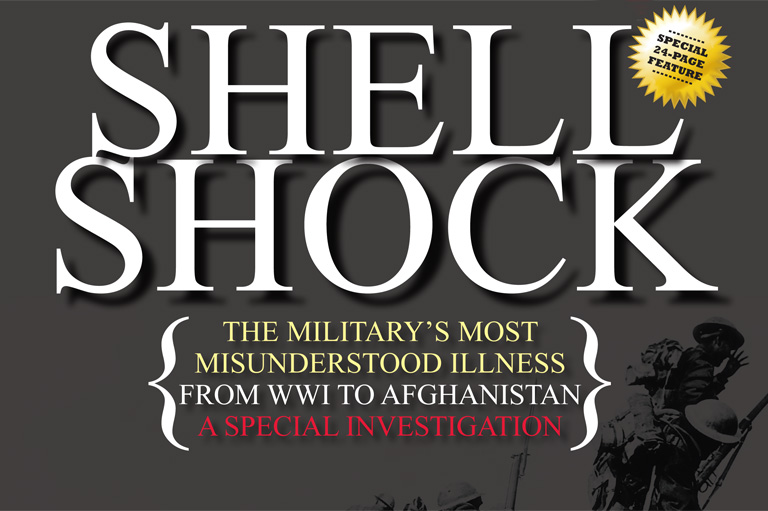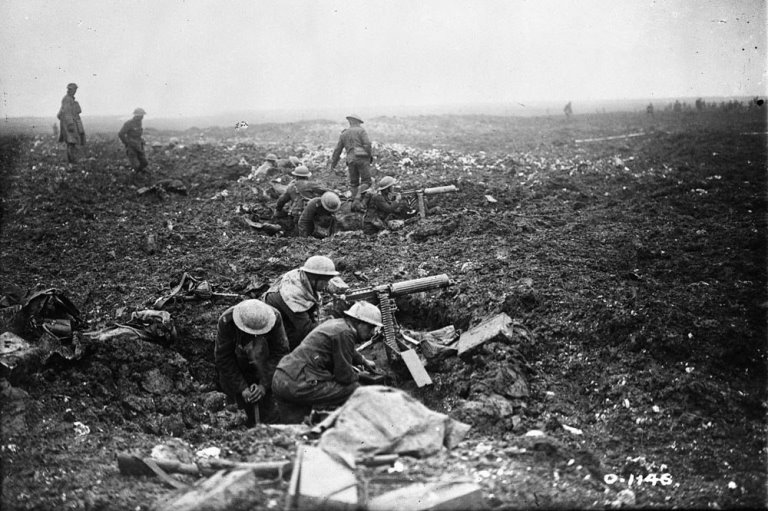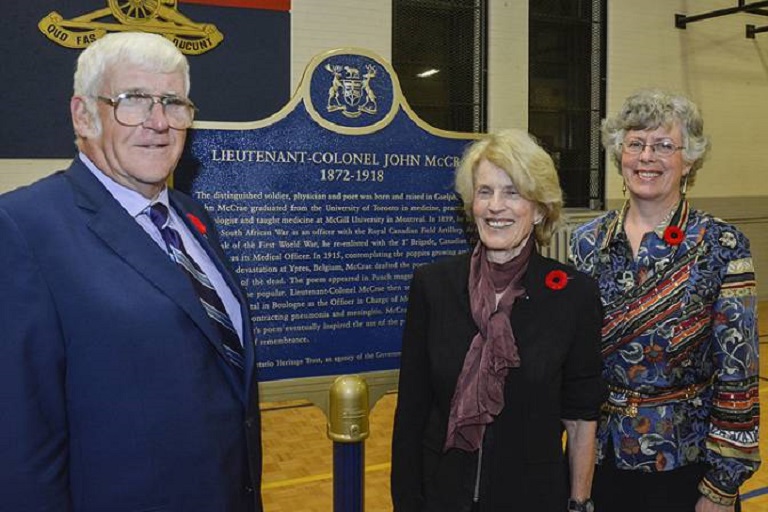Shell Shock Through the Wars
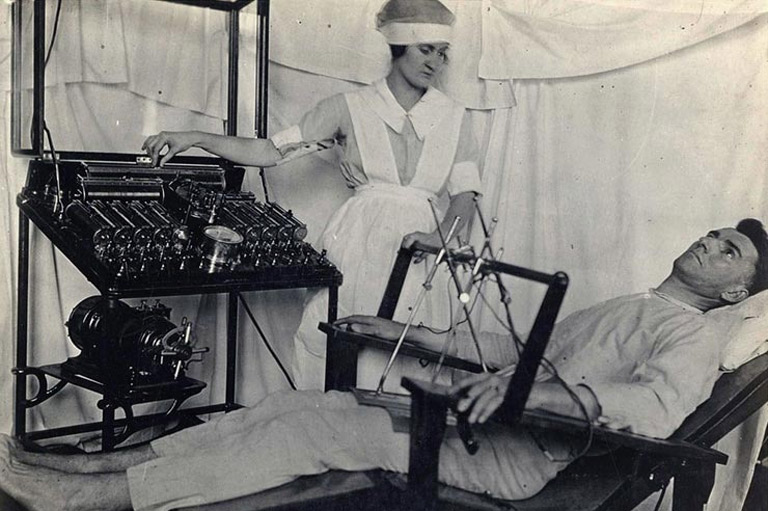
First World War
The goal of treatment was to return soldiers to the frontlines as soon as possible. Methods of treatment included shaming, the inflicting of pain, and electroshock therapy. Hypnosis and psychotherapy were also used, but were often frowned upon for taking too long. The government made wide use of propaganda to pressure men to enlist. See recruitment posters of this era.

Second World War
During the Second World War, medical officials adopted what is today known as the PIE principles of proximity, immediacy and expectancy. Patients were treated in close proximity to the war zone, as quickly as possible after symptoms are reported. Medical staff also stressed to patients that they were expected to return to combat following treatment.
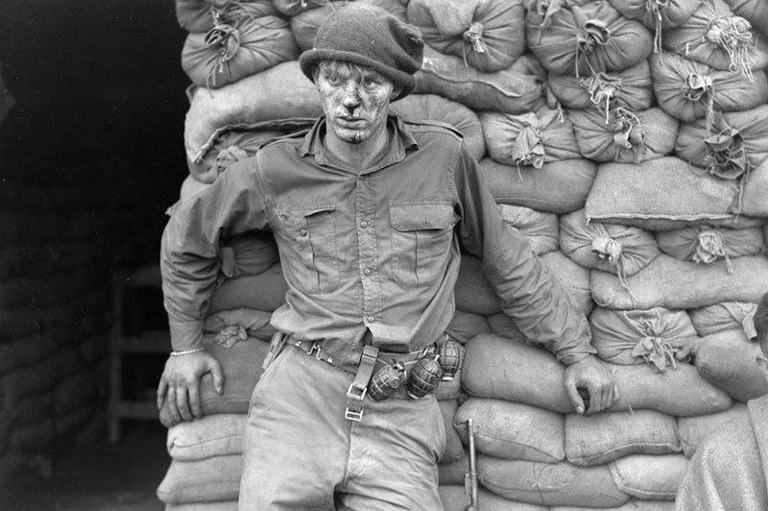
Korea
Casualties could now be transported by air quickly to hospitals in Japan, outside of the theatre of war, however, in the case of combat stress it was observed that soldiers’ conditions deteriorated if they were too far from the front and their comrades. The 25 Canadian Field Dressing Station was located in Seoul and by 1951, the military regularly rotated psychiatrists through the 24-bed psychiatric facility.

Vietnam
According to a U.S. study, only one in ten soldiers during the Vietnam War reported battle stress, likely due to the “sporadic” nature of fighting and the implementation of standard rest and recuperation measures. However, by 1970–71, cases of “neuropsychiatric casualties” rose steeply, and were usually related to drug and alcohol abuse. A U.S. report suggested that by 1971, 60 percent of all medical evacuations from the frontlines were related to neuropsychiatric problems.

Afghanistan
The Canadian Forces today uses the term “Operational Stress Injury,” a catchall phrase describing “any persistent psychological difficulty — including anxiety depression and post-traumatic stress disorder” related to military service.
Canadian soldiers serving in Afghanistan routinely undergo “third-location decompression” before returning to Canada. Troops are sent first to Cyprus for R&R, where they also attend sessions on stress, anger and suicide management. In the 1990s, Canadian military officials noticed that peacekeepers in Bosnia who spent a short layover in Guam before returning to Canada were better able to reintegrate into society. The practice of third-location decompression became the norm in 2002.
The Canadian Forces offers counseling programs for families of combat veterans. Following a tour of duty, veterans are expected to answer questionnaires and undergo mental heath exams for up to six months.
Counseling is also available through Operational Stress Injury Social Support, a peer support network with locations across Canada.
We hope you’ll help us continue to share fascinating stories about Canada’s past by making a donation to Canada’s History Society today.
We highlight our nation’s diverse past by telling stories that illuminate the people, places, and events that unite us as Canadians, and by making those stories accessible to everyone through our free online content.
We are a registered charity that depends on contributions from readers like you to share inspiring and informative stories with students and citizens of all ages — award-winning stories written by Canada’s top historians, authors, journalists, and history enthusiasts.
Any amount helps, or better yet, start a monthly donation today. Your support makes all the difference. Thank you!
Themes associated with this article
Advertisement
Read the series

Canada’s History Archive, featuring The Beaver, is now available for your browsing and searching pleasure!

